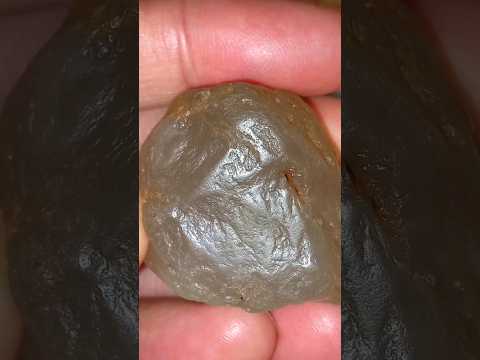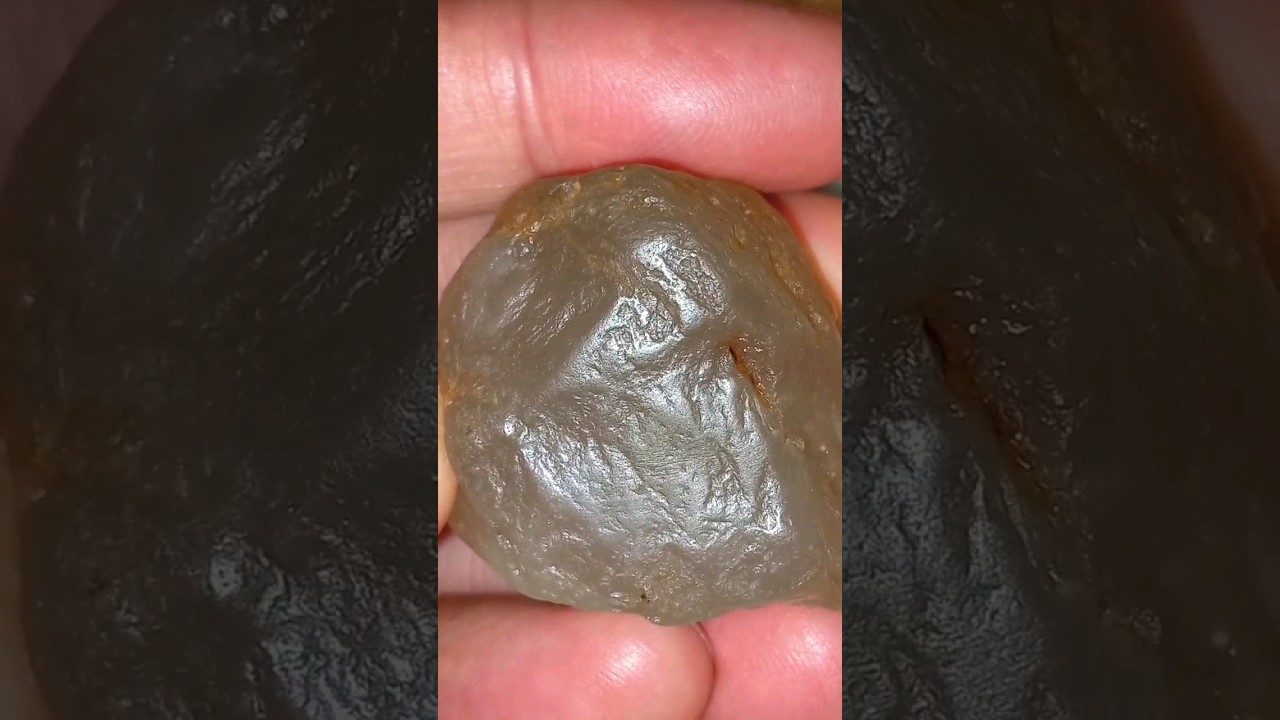Curious about the enigmatic allure of rough diamonds? Explore the captivating world of these uncut gems that hold secrets within their mesmerizing depths. From their untamed and unpolished exterior, rough diamonds possess an innate beauty that defies convention. Unveiling the raw essence of nature’s masterpiece, these unadulterated stones showcase an array of intricate and unique characteristics. With their untouched surfaces, rough diamonds offer an intriguing glimpse into their untamed origins, reflecting the extraordinary forces that shaped them over millions of years. Each rough diamond radiates a mysterious and unrefined elegance, inviting us to ponder the untapped potential hidden within. Embark on a journey to discover the untold stories concealed within these uncut treasures, as their raw beauty beckons to be unveiled. Marvel at the untamed allure that lies beneath the surface of every rough diamond, waiting to be unearthed and transformed into a dazzling masterpiece. Are you ready to explore the extraordinary world of rough diamonds and uncover their hidden wonders?

What Does a Rough Diamond Look Like
| Characteristics | Description |
|---|---|
| Shape | A rough diamond typically exhibits an irregular shape, resembling a pebble or rock. It lacks the iconic geometric cut and symmetry seen in polished diamonds. The shape of a rough diamond is primarily determined by its formation process deep within the Earth’s mantle. |
| Color | Rough diamonds come in a wide range of colors, from colorless to various shades of yellow, brown, and even rare hues like pink, blue, or green. The color intensity may vary within a single rough diamond, creating fascinating patterns and gradients. |
| Surface Texture | The surface of a rough diamond is usually rough and uneven, featuring natural facets, ridges, and indentations. This texture is a result of its growth process, often subjected to immense pressure and temperature variations over millions of years. |
| Inclusions | Rough diamonds commonly contain inclusions, which are internal imperfections such as minerals, other crystals, or tiny fractures. These inclusions can provide valuable insights into a diamond’s geological history and authenticity, as well as contribute to its unique appearance. |
| Transparency | Rough diamonds are generally opaque or translucent, lacking the transparency observed in their polished counterparts. The degree of transparency varies, with some rough diamonds allowing light to pass through certain areas, giving glimpses into their potential brilliance. |
| Size | Rough diamonds are available in various sizes, ranging from tiny particles to large stones weighing several carats. The size of a rough diamond is a crucial factor in determining its value, with larger stones often commanding higher prices due to their rarity. |
The Sparkling Tale of Unpolished Diamonds
What Does a Rough Diamond Look Like?
Ancient Beauty Unearthed
When we think of diamonds, we often envision a dazzling, sparkling gemstone delicately set in a piece of jewelry. However, before diamonds undergo the intricate process of cutting and polishing, they first exist as rough stones in their natural state. These rough diamonds, straight from the depths of the earth, possess a unique charm and allure of their own.
Formed by Mother Nature
Rough diamonds are formed deep within the Earth’s mantle, under immense heat and pressure. Over millions of years, carbon atoms crystallize and grow into what we know as diamonds. The journey of a rough diamond begins when volcanic activity thrusts these precious stones to the surface, where they are eventually discovered by miners.
A Prismatic Palette
The appearance of rough diamonds can vary greatly, depending on their origin and the conditions under which they were formed. While most people associate diamonds with a clear, colorless appearance, rough diamonds actually come in a wide range of colors and hues. From the classic white diamonds to fancy yellows, pinks, blues, and even rare greens, rough diamonds exhibit a mesmerizing palette of colors.
Natural Beauty Unveiled
Unlike their polished counterparts, rough diamonds have an unrefined and raw beauty. These stones often feature a textured surface known as a “skin,” which is a result of their natural growth and exposure to the elements over time. The skin gives rough diamonds a distinctive appearance, with a combination of smooth and rough surfaces.
Characteristics and Shapes
Rough diamonds come in various shapes and forms, known as their crystal habits. These crystal habits determine the overall shape of the rough diamond. The most common crystal habit is an octahedron, which resembles two pyramids joined at the base. Other shapes include dodecahedrons, cubes, and even irregular shapes. Each shape possesses its own unique charm and adds to the individuality of the rough diamond.
The Spark of Brilliance
While rough diamonds may not exhibit the same sparkle as their polished counterparts, they still possess a natural brilliance. When light enters a rough diamond, it undergoes a process called internal reflection. This phenomenon causes the light to bounce within the stone, creating a captivating glimmer and sparkle.
Untouched Potential
Rough diamonds hold immense potential. They are like uncut gems waiting to be transformed into something extraordinary. Skilled craftsmen carefully study rough diamonds, evaluating their color, clarity, and shape to determine the best way to cut and polish them. By unlocking their hidden beauty, rough diamonds are transformed into the breathtaking gems we are familiar with.
The Journey of a Diamond
From the moment a rough diamond is unearthed, it embarks on a remarkable journey. After being carefully extracted from the Earth, rough diamonds undergo various processes, including sorting, cleaning, and grading. Skilled diamond cutters then study the rough stone to determine the optimal way to cut it, maximizing its beauty and value. Finally, the polished diamond finds its way into the hands of jewelers and designers, who create stunning pieces of jewelry that showcase the brilliance of the diamond.
In conclusion, rough diamonds are a testament to the incredible forces of nature and the remarkable journey that transforms them into the precious gems we adore. Their natural beauty, unique characteristics, and untapped potential make rough diamonds a fascinating subject of admiration and awe.

